PPC
How to Build a Beneficial Brand Community (+Examples!) |

If you’re looking for ways to boost customer loyalty, lower marketing expenses, and tap into innovative ideas right from your own customers, a brand community might be right for you.
For example, Sephora’s Beauty Insider Community has attracted over 5 million members and generated more than 2.7 million user-generated posts since 2017. This members-only platform offers makeup and skincare enthusiasts a forum to find inspiration and get non-sponsored recommendations.
By creating a brand community, your business can encourage engagement, offer support, and promote word-of-mouth marketing to grow your business. In this guide, we’ll cover everything you need to know to build an effective brand community–along with some examples to inspire you.
Table of contents
What is a brand community?
A brand community is a group of people who engage with a brand beyond simply buying its products. Like at Sephora, brand communities often interact with each other, creating an organic space to share inspiration, recommendations, and experiences that increase the group’s affinity for the brand.
👋 Download your free copy of 7 Steps to a Growth Strategy That Gets Results and put your business growth in high gear.
Why does building a brand community matter?
Brand communities aren’t just a marketing exercise, though. They are a marketing strategy that aligns with the goals of your business, fostering efficient growth in a variety of ways.
Data from McKinsey, for example, revealed that brands that succeed at building communities perform well across different metrics:
- Over 75% of content about the brand is user-generated.
- The influencer engagement rate— i.e. the percentage of viewers who like, share or comment on the content—is more than 2%.
- Over 4% of online traffic gets converted to sales.
- Posts related to the brand that are shared by the brand or a consumer go viral at least 2x/year
Here are some more benefits of a brand community to consider.
Increases customer loyalty and sales
A sense of belonging and connection with a brand often leads to increased loyalty.
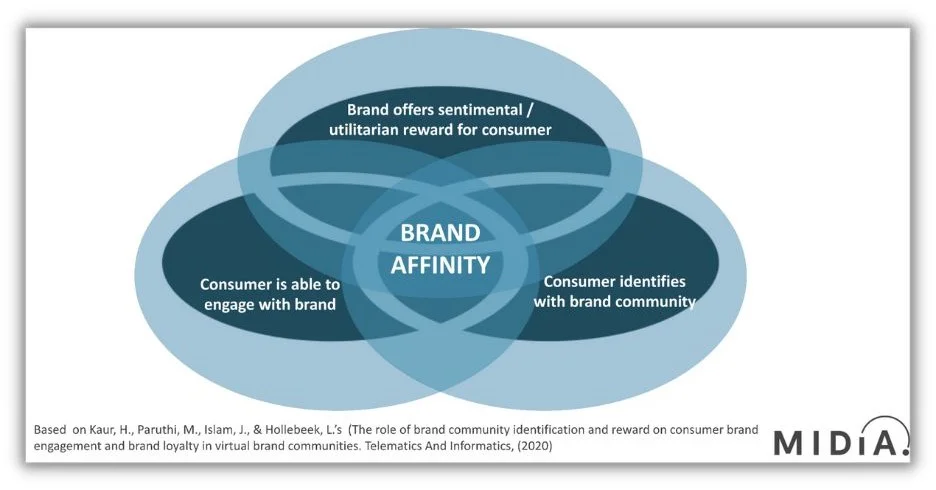
When customers feel they’re part of a community, they’re more likely to continue supporting the brand and advocate for it. Plus, loyal community members are more likely to make repeat purchases and can play a crucial role in driving new customer acquisitions through referrals.
Promotes authentic engagement
A brand community encourages organic interactions between customers. These engagements provide genuine insights and create a deeper emotional connection between the brand and its customers.
Creates a valuable feedback loop
Brand communities provide businesses with direct access to consumers’ thoughts and feelings. This customer feedback is invaluable for product improvements, innovation, and understanding market needs.
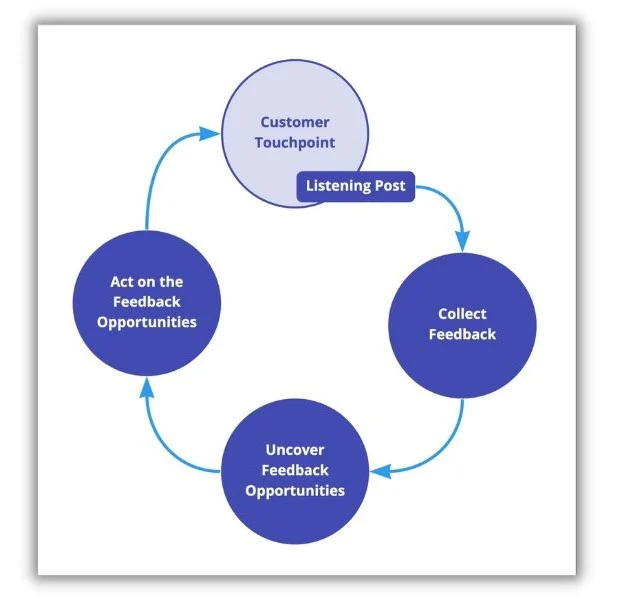

Helps with crisis management
A solid brand community can act as a support network should any issues or crises arise. The company can communicate with its most loyal customers, offering understanding and feedback, helping them navigate turbulent times.
Lowers the cost of marketing
Word-of-mouth and organic sharing within the community can significantly reduce the need for traditional marketing expenses. Community members become micro brand ambassadors, often promoting products and services without direct incentive. Plus, 28% of customers prefer finding out about new brands and products through word of mouth.
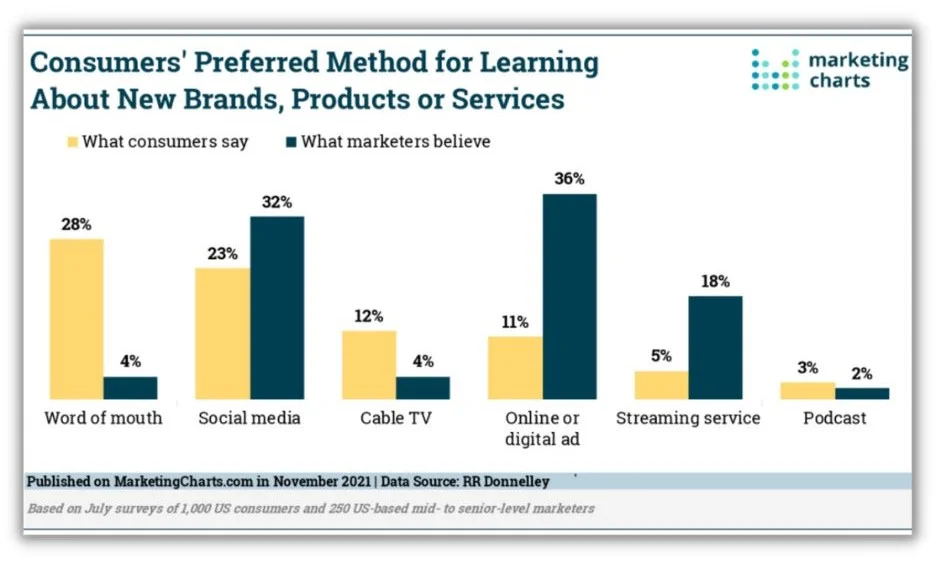

Acts as an outlet for new ideas and improvements
Engaged community members often offer fresh ideas, perspectives, and solutions that can lead to product or service improvements or even entirely new offerings.
How to build a brand community
Building a brand community is more than just setting up a platform. It’s about fostering relationships, offering value, and continually engaging with your audience. A thriving brand community requires methodical planning, incremental improvements, and consistently putting customers first.
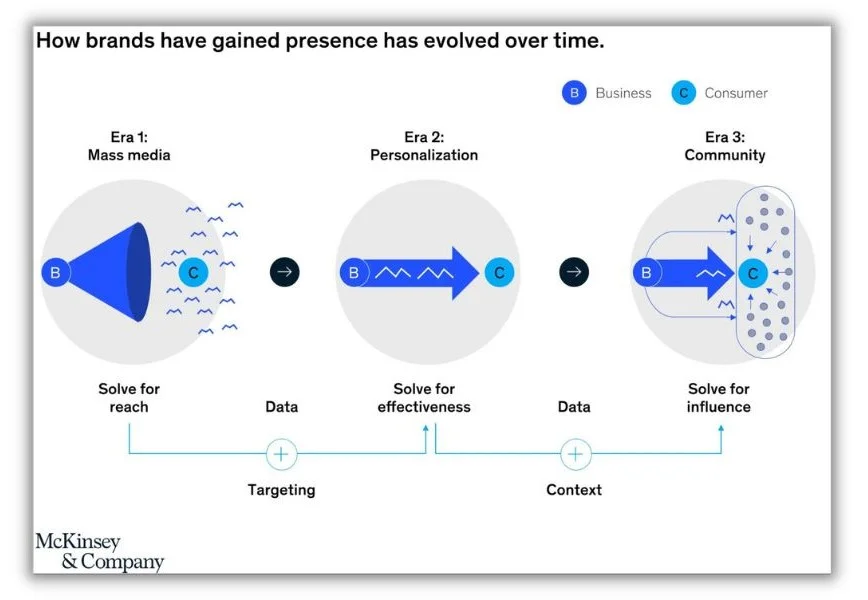

1. Ensure strategic alignment
Ensure your brand community aligns with your business goals and customer satisfaction criteria.
A brand community shouldn’t just be an afterthought or a siloed initiative. For it to genuinely succeed, ensure you have a clear understanding of your end goals, whether they’re bolstering brand loyalty, gathering user feedback, or driving organic word-of-mouth marketing. The community should reflect the brand’s core values and mission.
2. Dedicate ample resources
Effective community management demands resources—both in terms of time and personnel.
Whether you embed it as part of your marketing department or hire dedicated community managers, ensure clear accountability and responsibility. Choose individuals aligned with your brand values because they will actively shape brand perceptions and handle feedback.
This example from HubSpot shows how to do community management the right way.
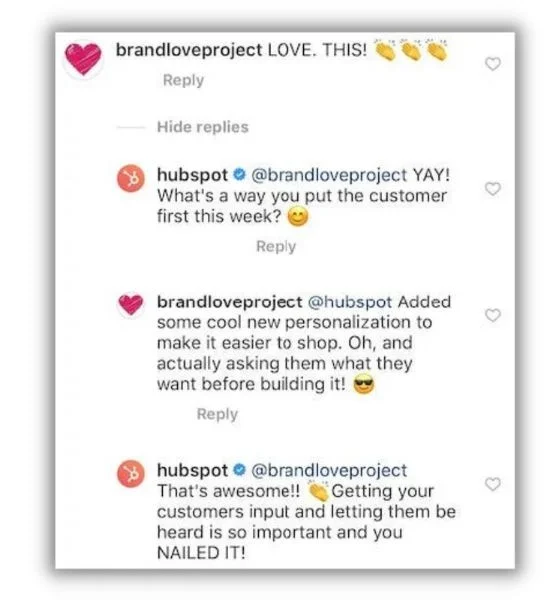

3. Choose the right platform
Your choice of platform can significantly influence the community’s trajectory.
While third-party platforms like Facebook, Instagram, or Reddit can be excellent due to their vast user base, there’s a growing trend and clear advantages to hosting communities directly on brand websites.
This example of a post on EA’s subreddit shows how quickly it can go downhill when communities are hosted on other platforms. This comment became the most downvoted comment in Reddit history.
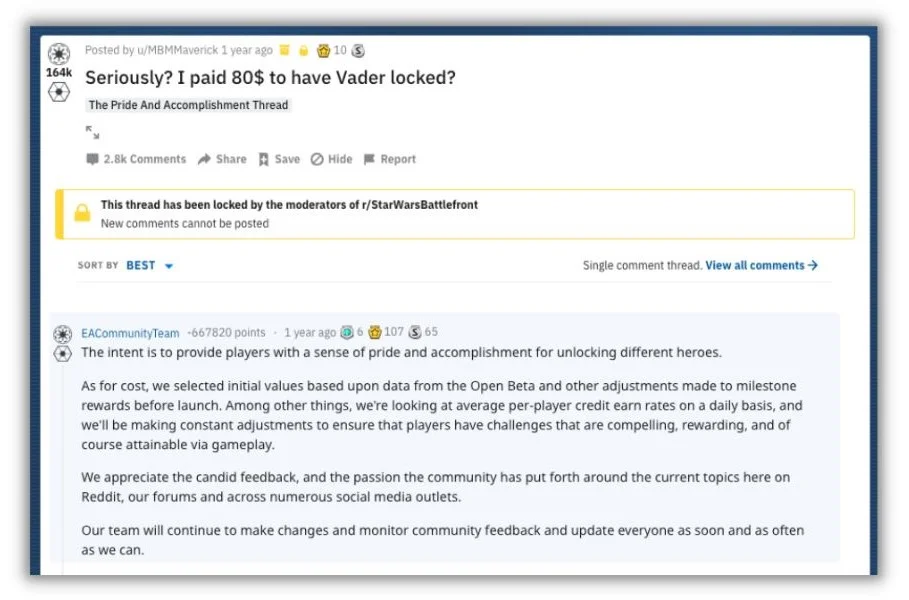

Direct integration offers more control, better access to user data, and can drive further engagement with other parts of your website.
4. Leverage your website
Hosting your community on your site makes it easier to collect first-party data, ensures consistent branding, and potentially increases time spent on your site. This integration can lead to better customer insights and improve conversion rates.
Take a look at this example of Lululemon’s brand community hosted on its website.
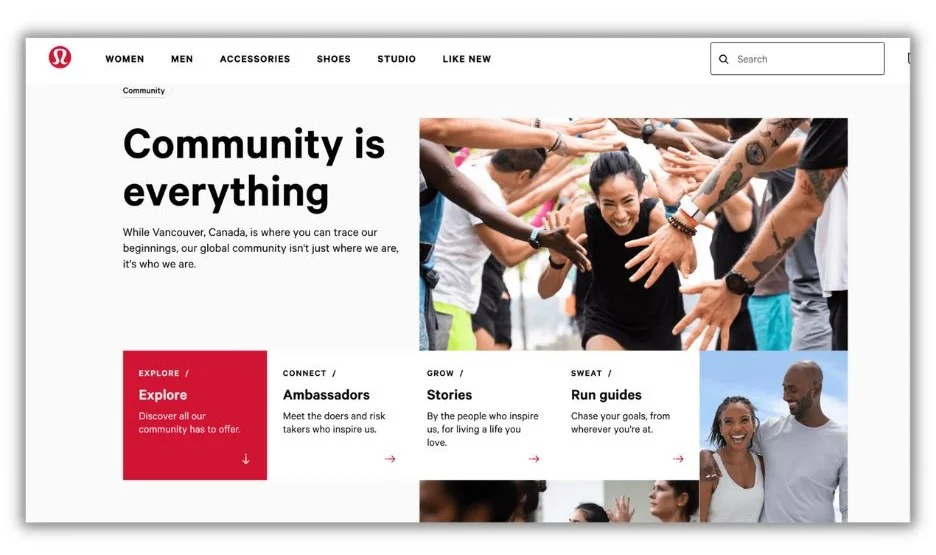

5. Create a cross-channel experience
A brand community isn’t limited to its primary platform. If your community thrives on your website, snippets of vibrant discussions, testimonials, or user-generated content can be highlighted on social media platforms, creating a web of interconnected touchpoints that reinforce the brand’s messaging and values.
6. Adopt a customer-centric approach
The heart of any brand community is its members.
Their needs, desires, and feedback should be at the forefront. A successful brand community should provide a platform for users to voice their opinions and make customers feel valued and heard. Exclusivity, in terms of offers or information, can make community members feel like VIPs, fostering stronger brand allegiance.
7. Act on customer feedback
Open channels of communication mean customer feedback will flow abundantly. And what truly matters is the brand’s responsiveness and adaptability. Demonstrating that you value and act upon user feedback can turn casual users into brand evangelists, creating organic promoters within the community.
8. Empower active participation
Communities thrive on engaged participants.
Allow users to have a say in product development or other brand initiatives. This tactic will help you source fresh ideas and give users a stake in your brand’s journey, deepening their emotional connection.
9. Create tailored experiences
Understanding the distinct makeup and preferences of your brand community can allow for hyper-personalized experiences. For instance, a fashion brand’s community can offer its members the opportunity to create their own designs, shop from exclusive designer lines based on their likes, and watch behind-the-scenes videos for upcoming collections.
While Uniqlo doesn’t have a “community,” it offers a unique look at new designer collections to fashion-conscious consumers.
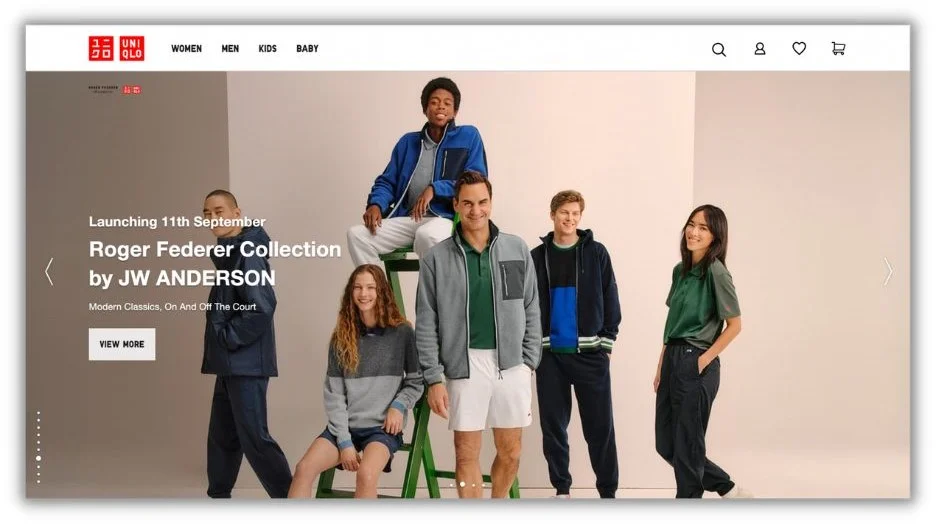

10. Engage with members consistently
Engagement goes beyond mere content updates. Hosting live Q&A sessions, featuring user-generated content, or spotlighting community members can generate buzz. Offering tangible benefits, such as discounts or early access to sales, can also bolster active participation.
11. Extend engagement to the real world
Don’t forget the power of real-world interactions. Workshops, meet-ups, or exclusive brand events can solidify the sense of community, making members feel even more valued.
Joining the IKEA Family gives members access to both free and paid offline workshops and events that they can attend with their entire family.
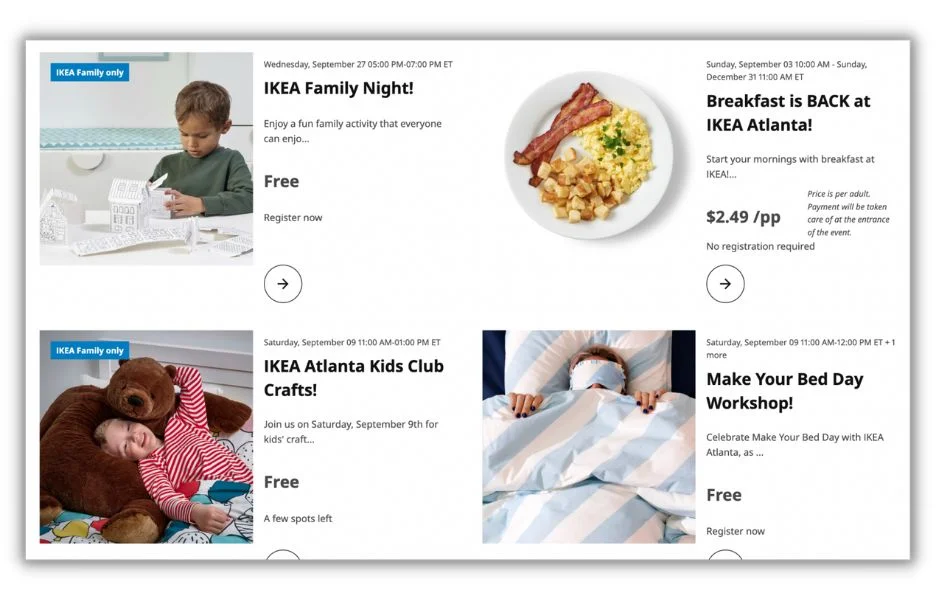

12. Make it extremely accessible
Your community should be easily accessible. If hosted on your site, clear signposting from the homepage, product pages, or during the checkout process can direct more traffic, ensuring users know the community exists and its benefits.
13. Run cross-promotion campaigns
Employ branded hashtags or initiate challenges that blur the lines between different platforms. This cross-channel approach not only maintains consistent brand messaging but also exposes a broader audience to your brand community, roping in potential new members.
🎯 Brand communities work best as part of an interconnected marketing strategy. Get 130 of the best digital marketing tips ever to enrich all aspects of that plan.
The best examples of brand communities in action
McKinsey’s research found that brands that succeed at building brand communities employ five key strategies:
- Understand their communities
- Craft engaging brand narratives
- Highlight flagship products
- Foster discussions across platforms
- Simplify the buying process.
These strategies collectively promote the creation of a self-sustaining community flywheel. Here are stellar brand community examples that epitomize this phenomenon in action:
LEGO Ideas
LEGO Ideas is a platform where fans can share their creations, enter challenges, and showcase their proposals for new LEGO sets. The most popular designs, determined by community votes, may get produced by LEGO.
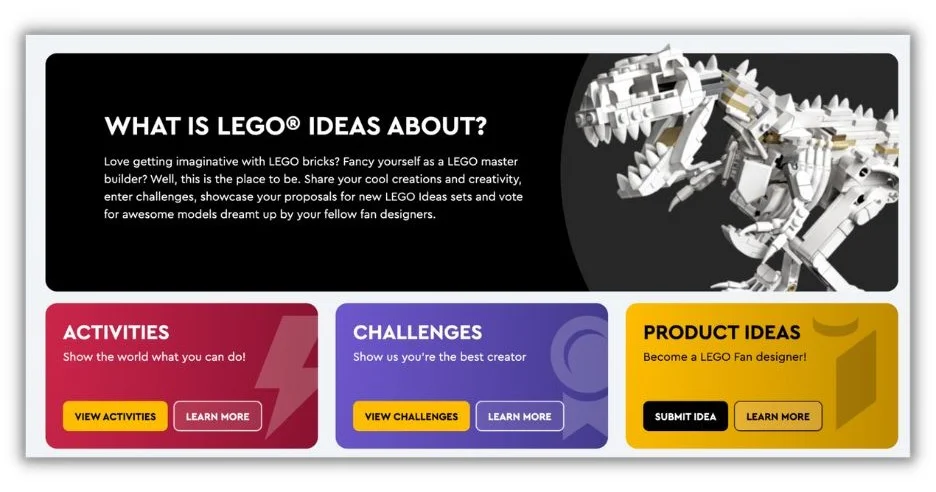

The community provides a direct line for fans to be involved in product development, fostering a sense of ownership and collaboration.
GoPro
GoPro’s online community is centered around two concepts:creating user-generated content and offering community-led customer support.
User-generated content routinely gets shared on GoPro’s official Instagram handle with the hashtag #shotongopro.
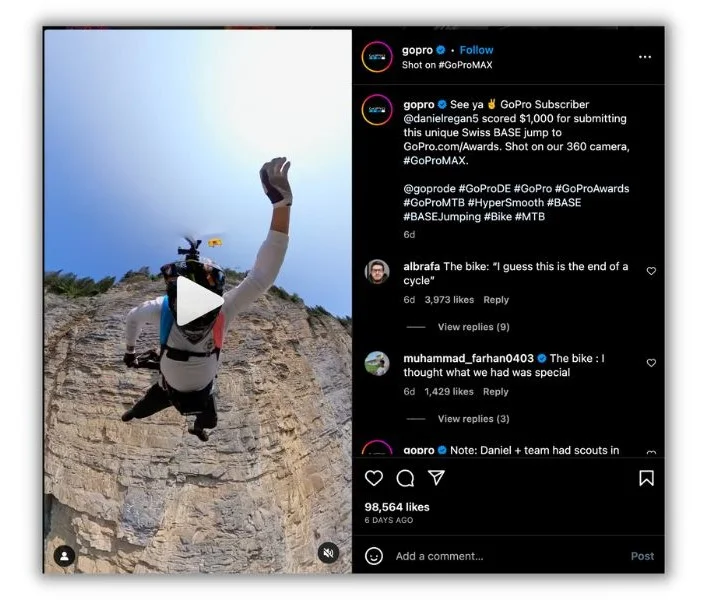

The brand encourages users to submit photos and videos to win cash prizes. GoPro subscribers get double the reward, encouraging more users to join the inner circle.
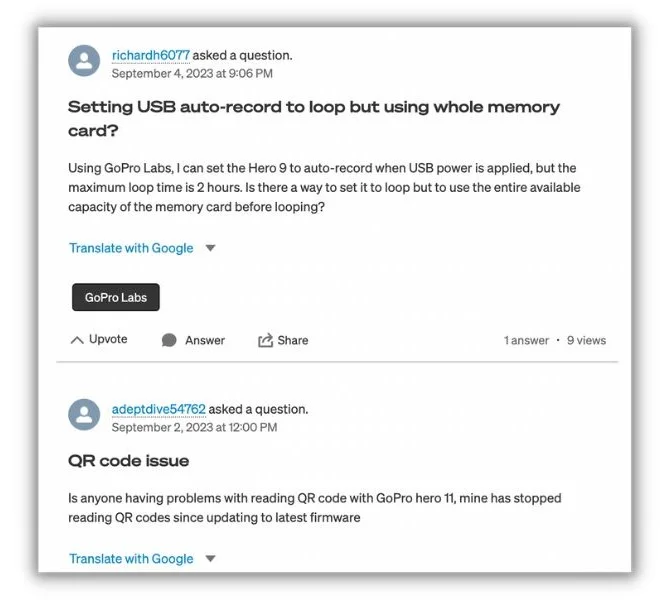

Both of these strategies have helped GoPro become the go-to choice for adventurers and travel influencers.
Peloton
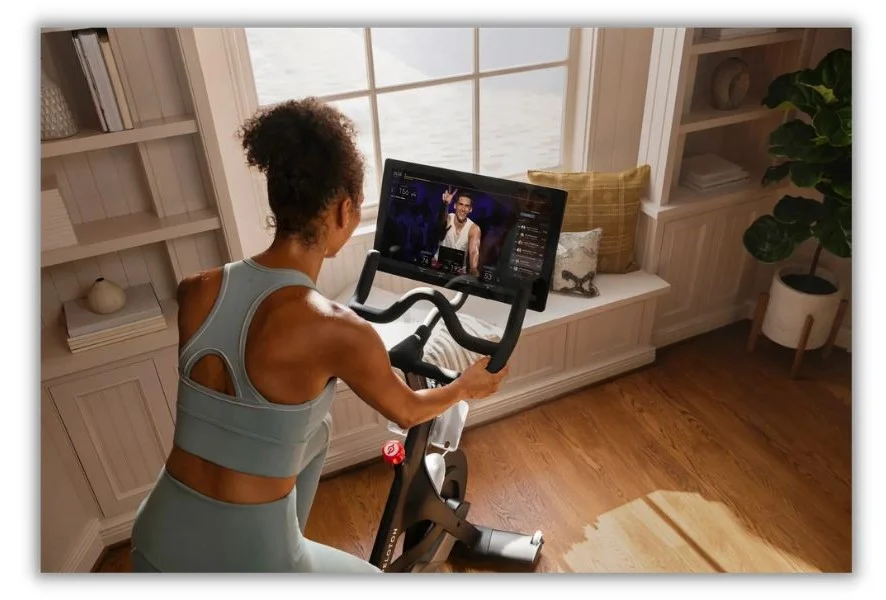

Peloton, technically a fitness business, wants to be known as a health and wellness brand amongst its audience. The brand’s meteoric growth during the pandemic can be largely attributed to its loyal user base sharing their personal experiences with the brand.
Peloton’s Chief Marketing Officer Dara Treseder shared their approach to brand building with CNBC:
“…for us, that intentional cultivation of community is really focused on finding where there are organic sparks of connection within our member base, and then kind of pouring fuel on that … shining a spotlight on those things.”
The company also uses its famous team of instructors to frequently connect with members across social media platforms.
Transitioning to a ‘brand community-at-the-core’ model
By positioning your brand community at the heart of business operations and weaving it seamlessly into the customer support framework, you can enhance user experience. Use intelligent search tools to ensure that community-driven insights are easily accessible, often preempting the need for customer support channels.
But beyond these strategies, the key lies in genuine, wholehearted commitment. Remember these steps to build a brand community that your most important customers want to be a part of:
- Ensure strategic alignment
- Dedicate ample resource
- Choose the right platform
- Leverage your website
- Create a cross-channel experience
- Adopt a customer-centric approach
- Act on customer feedback
- Empower active participation
- Create tailored experiences
- Engage with members consistently
- Extend engagement to the real world
- Make it extremely accessible
- Run cross-promotion campaigns










